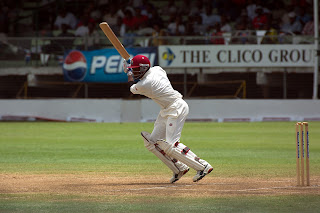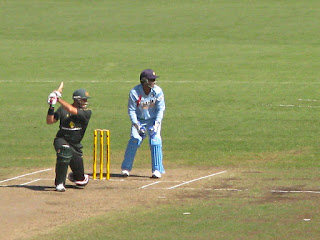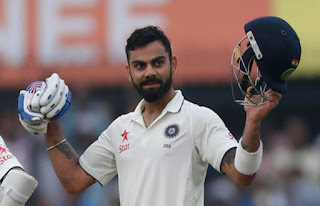How Merv Hughes took a hat-trick in 3 different overs in test cricket

A hat-trick spread over 3 overs and 2 different innings! Yes, It's not a riddle, this has actually happened in international cricket, with the bowler being Merv Hughes of Australia. The incident took place in 1988 during the second Test match between Australia and West Indies in Perth. Batting first, West Indies were at a comfortable position after a great century from Vivian Richards. After his departure, they were at 440/8 with Curtly Ambrose and Courtney Walsh at the crease. Merv Hughes then came out to bowl his 36th over of the innings, and Ambrose nicked one to the hands of Ian Healy off the last ball of that over. The Australian captain Allan Border withdrew Hughes after that spell, as his intention of breaking the partnership was fulfilled. Later, when the No. 6 batsman Gus Logie was caught by Steve Waugh off Tim May, Border re-introduced Hughes into the attack. On the first ball of his new over, he got the No. 11 batsmen Patrick Patterson to drive one into the hands of Tony...





